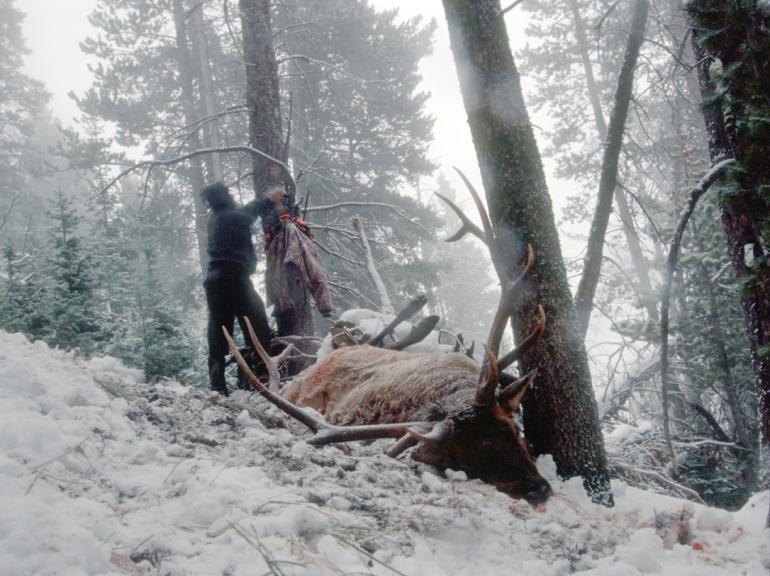Dress for Success
Game's on the ground: now what?
As a former wild-game processor, I find that many hunters prepare their entire hunts to the “T” yet fail to think about what happens after the kill. What's worse, the same mistakes and misunderstandings seem to plague most hunters when caring for their game—and that leads to less meat and lower-quality meat. So here's what you need to know to get the most out of your hunt this year.
Clean your game entirely, directly after the kill. Make sure you remove all organs, including windpipes and rectums. Windpipes can cause the neck to spoil in only a couple of hours, especially in elk and moose.
Proper cooling is essential. Always allow a three- to seven-hour cooling time for all game animals. Make sure that both the neck and pelvis are open to allow direct cooling in those areas. Immediately after gutting, wash out the body cavity with water or snow to remove blood and dirt. Do this before the blood dries and glazes over.
Do not skin the animal until directly before butchering. Early skinning only cools the exterior of the animal. Skinning does more harm than good, as it allows the meat to dry out and become contaminated with insects, bacteria, and dirt. Allow air movement around the entire animal if you're going to leave it for long periods of time. You can do this by simply hanging the animal or getting its back over a log. (Editor's note: many people make an exception to this rule with antelope, preferring to get the skin off as quickly as possible.)
Do not fill the cavity of your animal with snow or submerge it in water. Both water and snow act as an insulator and only cool the meat they are in contact with. This traps heat in the larger muscles and causes spoilage. When loading animals into your vehicle, make sure to prop both chest and belly cavity open for air circulation. It is best to allow the animal to cool before loading, as the animal will not cool properly if it's lying directly on its back.
Remove the inside tenderloins soon after gutting. They'll dry out and much of their mass will be wasted if you leave them in. Leave your animal in the largest pieces possible. This dramatically helps keep the meat clean and improves the quality of your finished product. Do not cut the tendon (hock) on the back legs. Remove the leg, if necessary, well below the joint. This tendon serves a vital role in hanging the animal for cooling and butchering.











